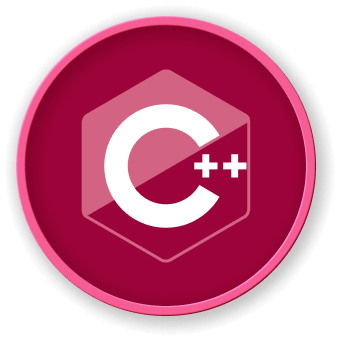Memory Safety Techniques
Understanding Memory Risks
Memory management in C++ requires careful attention to prevent common pitfalls like memory leaks, buffer overflows, and dangling pointers.
Key Memory Safety Strategies
graph TD
A[Memory Safety] --> B[Smart Pointers]
A --> C[RAII Principle]
A --> D[Bounds Checking]
A --> E[Memory Allocation Tracking]
Smart Pointer Techniques
1. Unique Pointer
#include <memory>
// Exclusive ownership
std::unique_ptr<int[]> safeArray(new int[5]);
for (int i = 0; i < 5; ++i) {
safeArray[i] = i * 2;
}
// Automatic memory cleanup
2. Shared Pointer
std::shared_ptr<int> sharedValue(new int(42));
// Reference counting mechanism
Memory Management Patterns
| Technique |
Description |
Benefit |
| RAII |
Resource Acquisition Is Initialization |
Automatic resource management |
| Smart Pointers |
Automatic memory control |
Prevents memory leaks |
| std::vector |
Dynamic array with safety |
Bounds checking |
Preventing Common Memory Errors
Buffer Overflow Prevention
#include <vector>
#include <stdexcept>
class SafeArray {
private:
std::vector<int> data;
public:
int& at(size_t index) {
if (index >= data.size()) {
throw std::out_of_range("Index out of bounds");
}
return data[index];
}
};
Memory Allocation Best Practices
- Use smart pointers
- Implement RAII principles
- Avoid raw pointer manipulation
- Utilize standard library containers
Advanced Memory Safety
Custom Deleter
auto customDeleter = [](int* ptr) {
// Custom cleanup logic
delete[] ptr;
};
std::unique_ptr<int[], decltype(customDeleter)>
specialArray(new int[10], customDeleter);
LabEx Recommendation
At LabEx, we emphasize developing robust memory management skills to create secure and efficient C++ applications.
Conclusion
Effective memory safety requires a combination of modern C++ techniques, careful design, and consistent implementation of best practices.




